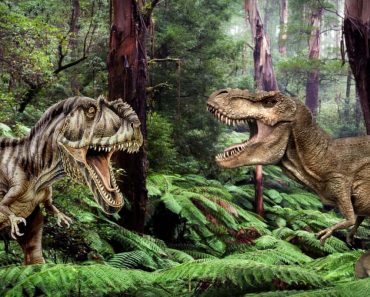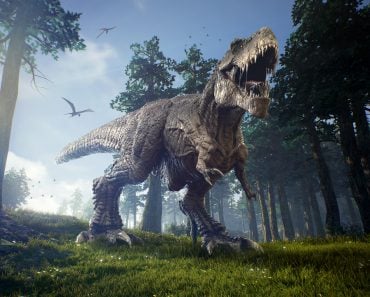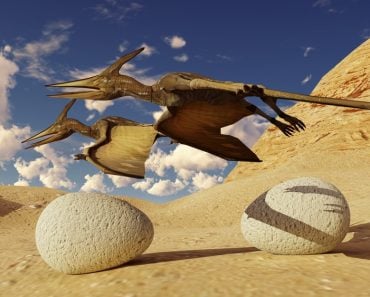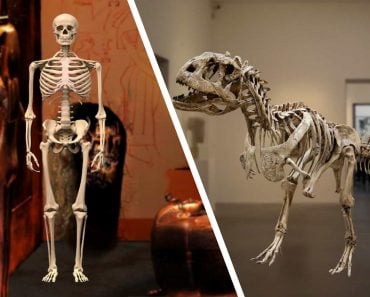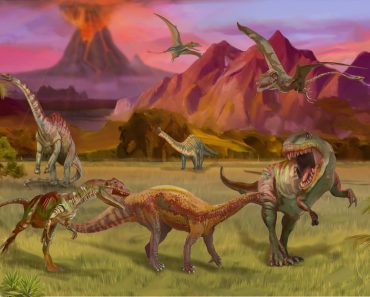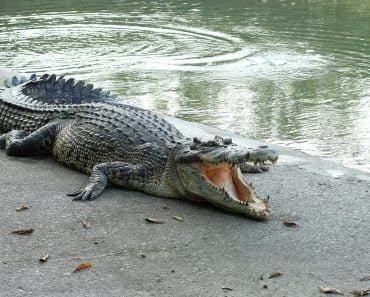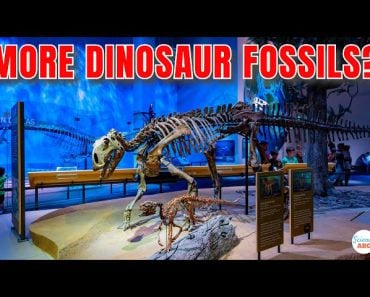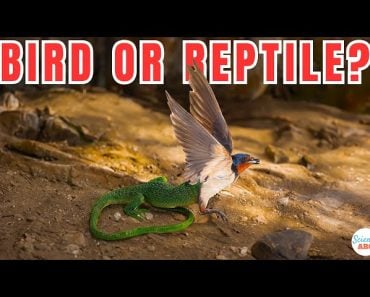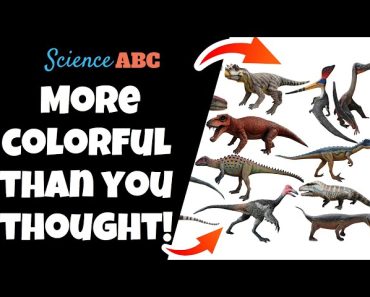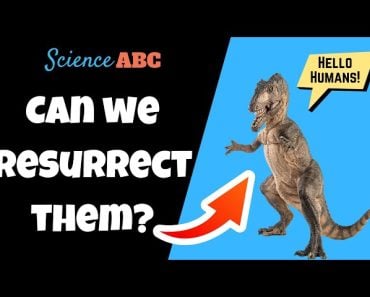Table of Contents (click to expand)
Carnotaurus describes a genus of large therapod dinosaurs that lived at the end of the Cretaceous period, but the rarity of their fossils and the unique physical characteristics of this prehistoric beast makes it an intriguing part of prehistory.
Those who never miss a dino-inspired Hollywood blockbuster will have definitely seen a carnotaurus on the big screen, even though it may have been mistaken for just another Tyrannosaurus Rex (T.Rex). In fact, these uniquely adapted dinosaurs roamed a different part of the world, the South American continent, and were some of the most dominant predators, despite some of their unusual physical qualities.
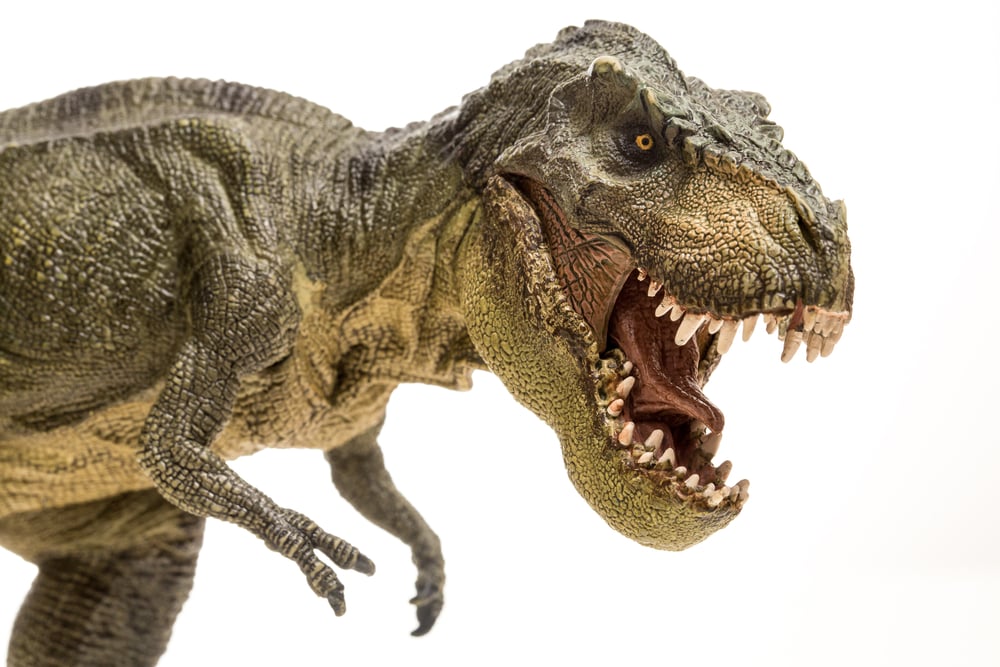
With that in mind, let’s take a closer look at the carnosaurus, and find out why it continues to fascinate paleontologists and researchers around the world.
Recommended Video for you:
A Rare And Weird Creature
Unlike many of the dinosaur species about which humans are confidently knowledgeable, there is only a single complete skeleton from the carnotaurus genus in existence. More surprisingly, this fossil was discovered less than 40 years ago in southern Argentina, yet it has given researchers a valuable and comprehensive view of the species. Partial fossils have been found in other areas of South America, but at this point, the only known species in the carnotaurus genus is Carnotaurus sastrei, which translates to “meat-eating bull”.
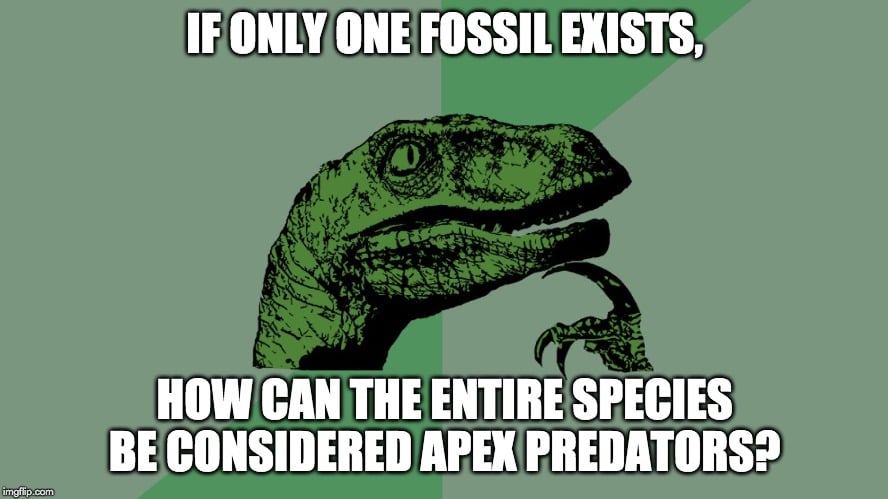
From this single complete skeleton, researchers have been able to learn a great deal about this dinosaur, particularly given the other fossils that have been discovered in that region, from that time period. As it turns out, carnotaurus was likely the apex predator in the southern Gondwana region, likely dining on everything from small sauropods to turtles, snakes and other early reptiles that had appeared by the end of the Cretaceous. Some researchers speculate that these dinosaurs were highly social creatures, even hunting in packs, which would have allowed them to dominate larger forms of prey, despite having a relatively weak bite.
Carnotaurus is closely related to a group of large therapods called Abelisaurs, which were carnivorous predators that dominated the area now known as South America (previously southern Gondwana). Living roughly 70 million years ago, right before the Chicxulub asteroid impact that wiped the dinosaurs out, the carnotaurus was built for speed and agility, weighing up to 1.5 tons and stretching about 30 feet in length. With massive leg muscles, it is believed that this was one of the fastest dinosaurs of the late Cretaceous, and likely one of the most skilled hunters, although its preferred prey is still debated by paleontologists. Unlike other dinosaurs of the time period, its eyes were forward-facing, and the skull was relatively shorter and deeper than related species, leading some experts to believe that the carnotaurus had some form of binocular vision, despite having proportionally small eyes.
Carnotaurus Arms
The most notably odd aspect of this dinosaur’s body is its arms, which were comically small, even more diminutive than the legendarily tiny arms of the T-Rex. Despite having relatively developed radius and ulna bones in the lower arm, the four-fingered hands were miniature and weak, and likely unable to serve any real purpose. However, this isn’t all that uncommon; throughout the Cretaceous period, larger dinosaurs showed a gradual reduction in the size and functionality of their arms. Most paleontologists believe that the carnotaurus’ arms had either recently become vestigial, or was quickly moving in that direction.
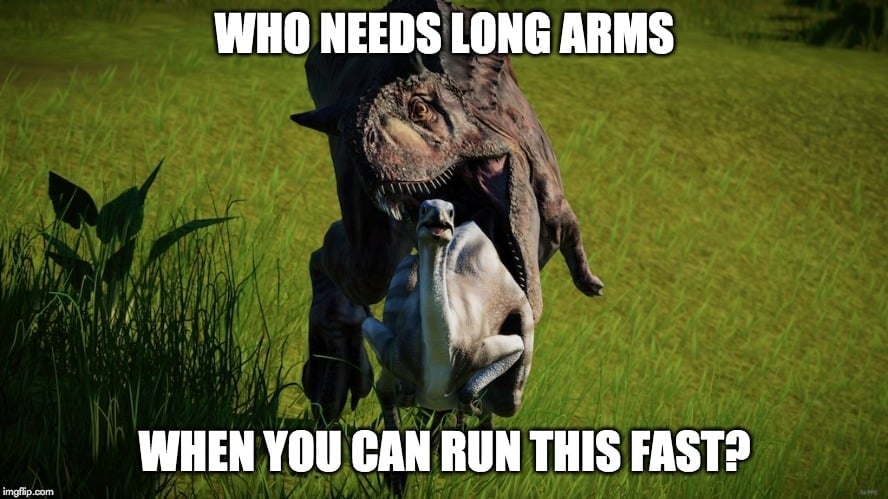
Fortunately, the baby arms of the carnotaurus didn’t prevent it from hunting or being able to defend itself. Sitting atop its head were two large horns—a rarity for carnivorous therapods. The fossil only shows about a six-inch protrusion, but these would have likely been the core of longer, keratinous horns. The support and placement of these horns suggests that they were used as fighting tools against other members of their species, or against their potential prey. Additionally, their necks seem to have adapted for fighting (and supporting their head as a battering ram), either in ritual mating fights with other males, or for incapacitating their prey. These types of adaptations have rarely been seen in therapods, suggesting that carnotaurus was uniquely advanced in comparison to its North American and Eurasian cousins.
Carnotaurus Fossil
In recent years, the idea of late-Cretaceous dinosaurs having feathers has been widely popularized, particularly since some fossils have been found with clear feathering present. The quality and completeness of the discovered carnotaurus fossil even left behind skin impressions—a rarity in paleontology. The terrifying T-Rex of Hollywood fame is even believed to have had tufts of feathers covering its body, but the carnotaurus appears to have had a complete skin of non-overlapping scales, and feathers nowhere to be seen. Down the dinosaur’s neck, back and tail are small rows of osteoderms—bone protrusions that are believed to act as a defensive measure, like a partial suit of armor during battle.
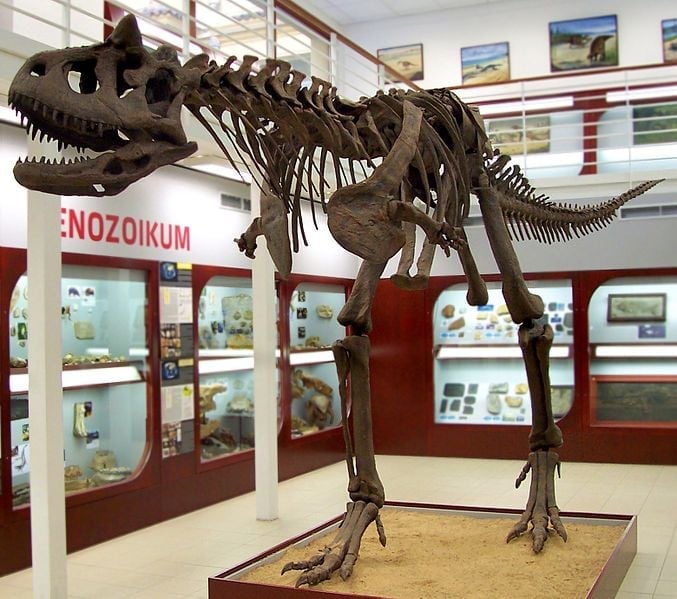
A Final Word
It is uncommon for paleontologists to learn so much about a creature from a single fossil, but the carnotaurus is already unique in so many ways, so its method of study/discovery comes as no surprise. While researchers hope to find more pristine examples of this odd “meat-eating bull”, the remains that have been found provide a fascinating peek into the T-Rex of the south—a speedy, intelligent and social creature with a useless set of arms, a terrifying pair of horns, and carnivorous dominance throughout the southern reaches of the Americas.
References (click to expand)
- On-the-palaeobiology-of-the-South-American-horned- ....
- RUIZ, J., TORICES, A., SERRANO, H., & LÓPEZ, V. (2011, September 19). The hand structure of Carnotaurus sastrei (Theropoda, Abelisauridae): implications for hand diversity and evolution in abelisaurids. Palaeontology. Wiley.
- Persons, W. S., & Currie, P. J. (2011, October 17). Dinosaur Speed Demon: The Caudal Musculature of Carnotaurus sastrei and Implications for the Evolution of South American Abelisaurids. (A. A. Farke, Ed.), PLoS ONE. Public Library of Science (PLoS).
- BARRETT, P., & RAYFIELD, E. (2006, April). Ecological and evolutionary implications of dinosaur feeding behaviour. Trends in Ecology & Evolution. Elsevier BV.


